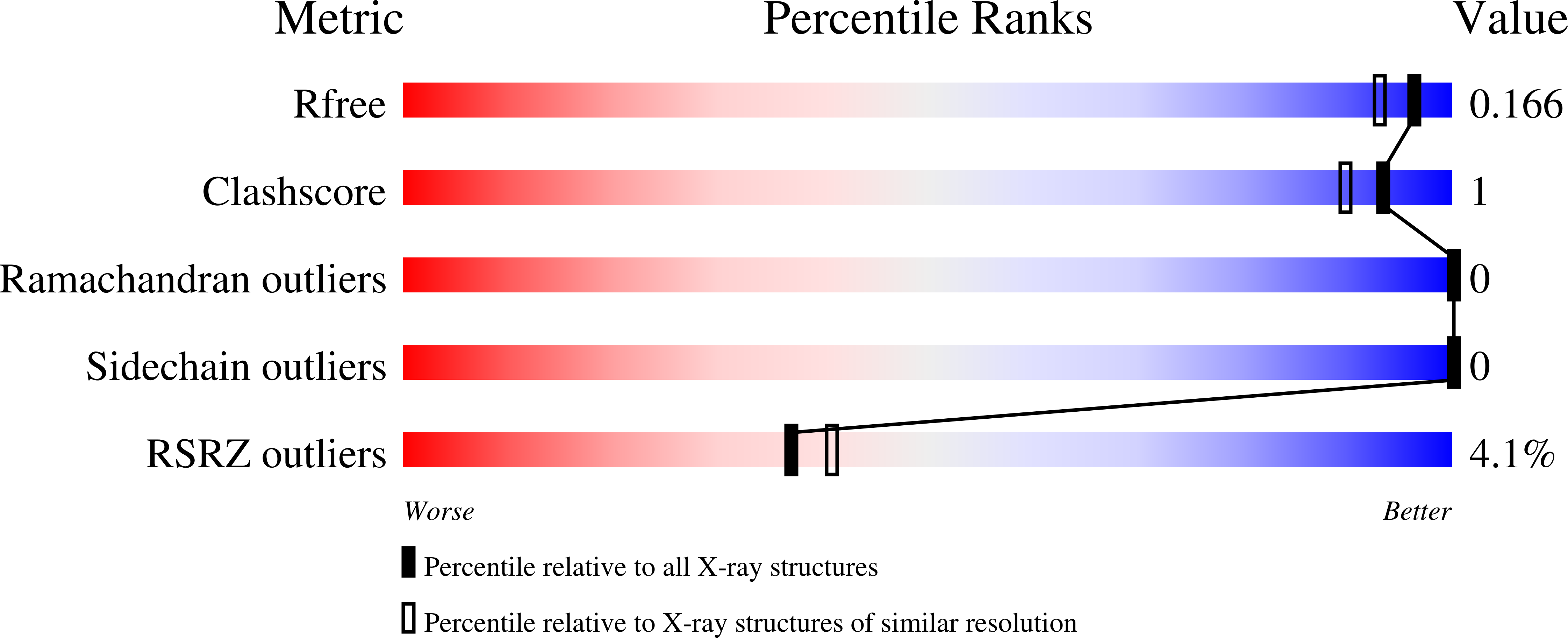
Deposition Date
2020-03-12
Release Date
2021-02-17
Last Version Date
2024-04-03
Entry Detail
PDB ID:
6W54
Keywords:
Title:
Crystal Structure of Gallic Acid Decarboxylase from Arxula adeninivorans
Biological Source:
Source Organism:
Blastobotrys adeninivorans (Taxon ID: 409370)
Host Organism:
Method Details:
Experimental Method:
Resolution:
1.50 Å
R-Value Free:
0.16
R-Value Work:
0.14
R-Value Observed:
0.14
Space Group:
H 3


